|
It’s here! The OHC000006 General Permit can be found on Ohio EPA’s website: https://epa.ohio.gov/divisions-and-offices/surface-water/permitting/storm-water-discharges-from-small-and-large-construction-activities--general-permit RENEWAL PROCESS If your site is currently covered under the previous iteration of the Construction General Permit (OHC000005), that coverage will be terminated 180 days after the effective date of the new permit (April 23, 2023) if you do not submit a renewal application. You can submit the renewal application through the Ohio EPA eBusiness Center here: https://ebiz.epa.ohio.gov/ Once you open your active permit(s) in STREAMS, you will click “Renewal” in the action drop down list as shown in the screen shot below to bring up the renewal application form. If your project is complete and will not require renewed permit coverage, you need to submit a Notice of Termination (NOT) application form through Ohio EPA’s eBusiness Center by selecting “Terminate” in the dropdown list rather than “renewal”. PERMIT UPDATES One of the first (and obviously most important) changes to note in the OHC000006 permit is updating “stormwater” to one word instead of two. The Table of Contents was also updated and is now hyperlinked. Additional numbering has also been provided in longer sections to make navigation easier. POST CONSTRUCTION RERQUIREMENTS Extended Detention Requirements: An additional volume equal to 20% of the WQv must be incorporated into the BMP for sediment storage. Infiltration Practices Requirements: The design infiltration rate values must be derived from site-specific measurements obtained through field tests of the in-situ soil for practices designed to infiltrate the WQv (table 4a and 4b). Pedestrian Trails: Pedestrian trails may implement post-construction BMPs in compliance with the current version of the ODOT Location and Design Manual, Volume Two Drainage Design (Ohio EPA accepted alternative to conditions of the permit). Redevelopment Projects (Encourages the redevelopment of areas that were not previously subjected to WQv). Must meet one or both criteria:
Alternative Post-Construction BMPs:
SEDIMENT BARRIERS Language to clarify “tubular barriers” (i.e. filter sock, silt sock) are allowable practice and referenced in the Rainwater and Land Development Manual. STREAM SETBACKS Ohio EPA strongly recommends 50ft buffers to be maintained around surface water (including wetlands). ELECTRONIC RECORD KEEPING
NOTICE OF TERMINATION REQUIREMENTS Permit remains in effect until a signed Notice of Termination (NOT) form is submitted and permit coverage is terminated by the Ohio EPA. BIG DARBY CREEK PERMIT (Does not Apply to Warren County)
OLENTANGY RIVER PERMIT (Does not Apply to Warren County) Only jurisdictional ephemeral streams are subject to riparian setback requirements. Still have questions about the new permit and renewal process? Call Warren Co SWCD offices at (513) 695-1337 or check out further information on Ohio EPA’s website:
https://epa.ohio.gov/divisions-and-offices/surface-water/permitting/storm-water-discharges-from-small-and-large-construction-activities--general-permit
1 Comment
As defined by the Federal Environmental Protection Agency, Low Impact Development (LID) refers to a variety of practices designed to mimic natural drainage to manage stormwater flow. The overarching goal is to minimize the impact of development on the natural landscape and environment. In contrast to high impact development with mostly impervious surface and grey infrastructure, these practices encourage stormwater percolation into the soil. In addition to managing stormwater volume, this helps to filter out pollutants that may be picked up by stormwater as it makes its way to natural waterways. What are the Benefits of LID? Economic
Yes! In 2020, Warren County updated its stormwater regulations and technical design guide to allow for green infrastructure practices for water quality best management such as wetlands, permeable pavements, infiltration practices, and bioretention. Not only is low impact development permissible in the county, but with the numerous benefits, it is strongly encouraged!
Other examples of Green Infrastructure that can be used as part of a Low Impact Development plan can be found here: https://www.epa.gov/green-infrastructure/what-green-infrastructure
Additional Resources www.warrenswcd.com/rain-gardens.html https://www.epa.gov/nps/urban-runoff-low-impact-development http://www.wceo.us/ One of the requirements for stormwater pollution prevention plans (SWPPPs) is to include an implementation schedule for major construction operations. This includes things like clearing, grubbing, excavating, grading, utility installation, and other similar activities. The Ohio EPA Rainwater and Land Development manual includes a table of what this general sequence should look like: https://epa.ohio.gov/static/Portals/35/storm/technical_assistance/6-24-09RLDCh8.pdf (pg 13) There are steps that should be taken as early in the construction process as possible to avoid problems with sediment and erosion control later in the project. Let’s breakdown those crucial early steps:
Generally, the sooner these controls are implemented, the better the outcome for sediment and erosion management. It’s always better to work proactively rather than to have to fix problems that arise from waiting too long to implement or correct controls. Phased Disturbance is another tool to keep in mind when developing SWPPPs and generating a construction sequence. This practice minimizes the amount of grading done at one time. Planning smaller earth moving efforts allows for parts of the site to remain undisturbed and stabilized while other parts are being actively worked. Planning disturbance in this way helps reduce the amount of sediment that controls manage at one time, which increases the effectiveness of these practices. BMP Spotlight Example from the Field: Early Construction Process Communication and Implementation Monarch Homes and Diggit Excavating met with Warren Co SWCD at a pre-construction meeting with the City of Lebanon where the requirements and sequence of sediment and erosion controls measures were discussed. Since that meeting, the team has been in constant contact with Warren Co SWCD, proving updates on initial groundbreaking and the control installation timelineas well as any changes to controls being used on the construction site. As soon as clearing and grading work was set to begin, there was a proper construction entrance in place and silt fence around the clearing boundaries that was supplemented with a mulch berm from the on-site clearing. The basin was dug as part of the first phase as well. The basin will be temporarily stabilized and have a skimmer installed on the outlet once installed. We asked our friends at Diggit Excavating for their take on how communication has helped with the development process from their perspective:
This is a great example of communication between our agency and developers and contractors on projects and how compliance can begin right out of the gate as a new project begins. This proactive approach helps to avoid many complications later in the construction process.
As it can sometimes be difficult to translate technical regulations into feasible solutions in the “real world” on-site, we decided to spotlight some practices with examples we've found while conducting our inspections. This month we noticed some great Best Management Practices in Hamilton Township on the Valley View Subdivision site. Everyone that enters the site is greeted by a large-format blue sign at the main construction entrance outlining site safety and erosion control rules, so it's easy for everyone to reference at a moment's notice. There is also a great example of a SWPPP storage box containing the SWPPP and keeping it accessible while safe from the elements. Aaron Smith with DR Horton provided some insight into how the stormwater team approaches stormwater runoff on the construction site: “D.R. Horton is strongly committed to protecting the environment in every community in which we construct and sell homes. Each employee has an obligation to act, and to ensure that our subcontractors act, in an environmentally responsible manner. The Valley View subdivision has been a prime example of the effectiveness of this strategy which cannot be successfully implemented without the division stormwater compliance representative, site stormwater compliance representatives, and our trade partners and vendors working together to achieve compliance with environmental rules and regulations. We at D.R. Horton greatly appreciate the recognition of our stormwater program and it cannot work without our on-site superintendents, area managers, and land development project managers who help to manage daily stormwater compliance on our sites. At D.R. Horton stormwater is a team effort starting at the Corporate level trickling down to our specific Divisions, and everyone working together towards this goal helps to develop an effective program.” If you work in land development and construction, you are likely familiar with silt fence. When installed and maintained properly, silt fence is an effective sediment control measure. It is also one of the most common perimeter control measures noted on Stormwater Pollution Prevention Plans in Warren County. However, there is another type of perimeter protection that is becoming increasingly popular and may be a great accessible supplement or even alternative to silt fence: mulch filter berms. Rather than capturing runoff to allow for sediment settling like silt fence, mulch berms filter out sediment as water passes through the berm.
Can I have filter berms listed on my SWPPP? Yes! Please do include them on your SWPPP if that is the plan. They are approved and encouraged by our office for use if a project plans to do extensive tree clearing work. Often silt fence is listed by default on the SWPPP and mulch berms are ultimately used during construction due to their benefits. Best practice is to have the perimeter control that is meant to be used written on the plan. However, if things do change as work commences, reach out to your designated SWPPP inspector to make sure the updates are documented on the plan moving forward. What material can be used? The Ohio Environmental Protection Agency’s Rainwater and Land Development Manual outlines the specifications for the materials that should be used for these filter berms. The guide specifically states compost used for filter berms shall be weed, pathogen, and insect free and derived from a well-decomposed source of organic matter. This material can include compost, mulch, or wood chippings. For projects that involve extensive tree clearing, we recommend considering mulch berms as a perimeter control practice. For the least amount of land disturbance, your site may even be able to avoid removing the entire root ball of the trees and mulch the stumps for filter berm material. If you have questions about using the material you have on-site for controls, contact the urban team at Warren County Soil and Water Conservation District. How are filter berms installed? Filter berms are installed in the same location that silt fence would be installed: along the contour and away from the toe of a slope. Like silt fence, there are different specifications for spacing based on the percent slope as well. For silt fence, there are very specific installation steps that must be satisfied to ensure proper function. Mulch berms installation is a less labor-intensive process. Rather than trenching, placing, and stretching fencing to be completely taught, berms just need to be built up to achieve the specified measurements (minimum 1’ height and minimum 2’ wide or 2 times the height). What kind of maintenance do filter berms require? The most common filter berm maintenance need is to rebuild the berm to meet the appropriate specifications as needed. Like silt fence, built up sediment should be removed from behind the berm if it reaches over 1/3 the height of the berm. If a berm is completely washed out by a large storm event, the berm material will need to be replaced as well. If wash out continues to occur, additional or alternative controls may be needed, such as a rock check dam, or the size of the berm may need to be modified. Where can I find additional information?
The Ohio EPA Rainwater and Land Development Manual Chapter 6: Sediment Controls contains a section on filter berms. You can also reach out to Warren Co SWCD's Urban Team to discuss a plan for implementing mulch berms in your current or future projects. Rainwater and Land Development Manual: https://epa.ohio.gov/divisions-and-offices/surface-water/guides-manuals/rainwater-and-land-development Federal EPA: https://www.epa.gov/system/files/documents/2021-11/bmp-compost-filter-berms.pdf Warren County SWCD: https://www.warrenswcd.com/ Winter is upon us, and that means it’s time to ensure your project site is ready for the weather to come. Refresher: In case you haven’t seen it, we have a blog post that goes over helpful general information for site winterization here. Training Opportunity: There is a free training webinar on site winterization available through StormwaterOne here. When ice and snow melts and warm weather in the spring brings heavy rain, bare soils on construction sites are subject to erosion. As a result, sediment-laden runoff can enter storm systems and natural waterways if proper precautions are not taken. One of the best lines of defense for keeping soils in place is stabilization through temporary or permanent seeding. Yes, you can (and should!) stabilize idle sites (not going to be worked for >14 days) and sites that reach final grade in winter. WHAT IS THE TIMELINE FOR DIFFERENT TYPES OF SEEDING?  photo credit: Alekon pictures via Unsplashed photo credit: Alekon pictures via Unsplashed March 1st-August 15th: Oats, Tall Fescue, Annual Ryegrass, Perennial Ryegrass, Creeping Red Fescue, Kentucky Bluegrass* August 16th-November 1st: Rye, Tall Fescue, Annual Ryegrass, Perennial Ryegrass, Creeping Red Fescue, Kentucky Bluegrass, Wheat* Note: It is advised that seedings should not be made from October 1 through November 20. During this period, the seeds are likely to germinate but probably will not be able to survive the winter. For dormant seeding, it is advised to wait until temperatures consistently stay below 50 degrees F to prevent early germination. Temporary seeding/mulching techniques can be used until the dormant seeding window. *Other approved species can be substituted November 1st-February 29th: Mulching/temporary stabilization until temperatures consistently stay below 50 degrees F when dormant seeding can be implemented as a permanent solution. This means if you are reading this article in November 2022, you have missed the normal growing season. Therefore, if your site has not been stabilized, you’re down to two options: mulching for temporary stabilization or dormant seeding for a permanent solution if areas have achieved final grade. WHAT EXACTLY IS DORMANT SEEDING? With this practice, the seeds will freeze and remain dormant during winter weather conditions. Then as spring weather emerges, the seeds will thaw and begin to germinate. This cycle follows what happens to seeds naturally during this time of year. This practice works great for the bare, exposed soil conditions that are often present at project sites that have recently achieved final grade. HOW IS DORMANT SEEDING DONE? Step 1 – Pick Your Seed The timeline above outlines seeding practices in the Rainwater and Land Development Manual specifically for stabilizing construction sites for commercial, industrial, and/or residential purposes and at different times of the year. The USDA Natural Resources Conservation Service also provides a seeding table that outlines the grasses and legumes suitable for different uses and provides formulas for calculating seeding rates. This table can be found in the Ohio Field Office Technical Guide (FOTG) located here. Step 2 – Prep When soil conditions allow, prepare the seedbed, apply required amounts of lime and fertilizer. Step 3 – Seed Within the appropriate timeframe outlined above, apply seed mixture with cyclone seeder, drill, cultipackers seeder, or hydro-seeder. Step 4 -- Mulch Mulch and anchor immediately after seeding. Acceptable mulch materials include straw, hydroseed, or erosion control matting/blankets. ADDITIONAL INFORMATION
If you aren’t sure what stabilization practices will work best for your site during winter months, our team at Warren County Soil and Water Conservation District is happy to help. Feel free to give us a call at (513)695-1337. ADDITIONAL RESOURCES: Rainwater and Land Development Manual Ohio EPA NPDES General Construction Permit Natural Resources Conservation Service Our urban team at Warren Co SWCD conducts routine sediment and erosion control inspections on active construction sites in Warren County. During these inspections and through collaboration with other surrounding soil and water districts, we have developed a list of common compliance issues with the Ohio EPA Construction General Permit regulations that can be fixed with a couple of easy steps: 1) Copy of the Current SWPPP + Construction Activity Log On-Site To make sure our inspectors are looking for the most up-to-date sediment and erosion control features on-site and to ensure that run-off from the current site conditions is accounted for, it is required that a copy of the most up-to-date Stormwater Pollution Prevention Plan is available on-site. EASY FIX: Keep in touch with your local inspector to make sure that changes to the sediment and erosion plans are documented on the SWPPP. Keep a copy of this plan and construction activity logs in a construction trailer on-site or in a mailbox in residential developments. A great portable option is to anchor a mailbox in a concrete-filled bucket that can be moved with you to the next job site. Be sure to let inspectors know where these plans are going to be kept throughout the construction process. 2) Dumpster Covers Construction site dumpsters can contain a variety of waste materials. Some of these, such as paints, adhesives, plasters, etc. can be harmful to natural environments if they enter waterways through storm systems. While most sites have dumpsters on-site, one of the commonly missed sediment and erosion control measures is a dumpster lid. EASY FIX: Covering dumpsters with a lid or tarp prevents rainwater from entering the waste bin and carrying out pollutants through openings in the bottom of the container. 3) Porta-Potties Located Away from Storm Drains Access to restrooms on-site is essential, but if waste from the facility leaches from the containment and gets carried into the storm system it can end up in our creeks and lakes. This not only poses a public health threat, it also introduces excess nutrients and hazards to aquatic ecosystems. EASY FIX: If possible, place porta potties away from direct storm drain entryways where leachate would be able to soak into the ground prior to getting washed into roadways, storm conveyance systems, or waterways. 4) Proper Concrete Slurry Containment Concrete slurry containment is important to prevent clogging storm systems and preventing these materials from getting into waterways where they can harm wildlife. EASY FIX: The Construction General Permit outlines the proper specifications for a concrete washout pit, which should be designed with 4 walls for complete containment and a liner to prevent these materials from leaching into the ground. If the site makes it difficult for trucks to wash into the bins at ground level, the ground can be dug out to provide a deeper bin. If it is not possible for pump trucks to fold up and properly wash out at these sites, there should be designated areas for this activity to take place on lots with liner on the ground, surrounding controls to prevent run off, and the waste should be dug out and taken off site. 5) Stabilized Basins – Right out of the Gate Basin installation should be one of the first items in the construction sequence. Basins must be installed and functional before any upslope land disturbance takes place. This is an imperative step because basins are used to control both stormwater quantity and quality. Often after the basin is constructed, there is an idle period before seeding and strawing the basin. This can lead to increased erosion, the formation of rills and gullies on the basin embankments, and ultimately more sediment removal to achieve proper final storage capacity. EASY FIX: Stabilizing the basin with seed and straw right after installation can help minimize the impacts of erosion, ensure the basin will operate as designed, and minimize sediment accumulation. A stabilized basin early on may save you time and money from having to remove sediment from the basin at project completion to restore proper storage volume. Don’t forget to install a skimmer structure right out of the gate, too! The Ohio Rainwater and Land Development Manual serves as a great resource for additional details and specifications regarding construction site good housekeeping items. Warren Co SWCD’s expert Urban Team is also available to help – contact us at (513) 695-1337 or wcswcd@gmail.com.
Did you find this information helpful? We have more to share! Sign up to receive future editions of Development Digest as well as regulatory updates and information from Warren Co SWCD. Each summer in partnership with the Warren County Engineer's Office, Warren Co SWCD runs a basin inspection program to help homeowners and property managers maintain stormwater basins throughout the county. As you may already know, basins are designed in accordance with the Ohio Environmental Protection Agency and local stormwater requirements. It is important to keep stormwater basins functioning because they collect and detain stormwater; help to settle out and hold sediment; protect local creeks, streams, and lakes; and help to reduce the potential for flooding. This week we are excited to welcome four interns who will spend their summer learning about the work Warren Co SWCD does to maintain soil health and water quality in our county while supporting the basin inspection program. You may see them out and about in the county in their vibrantly colored safety shirts! At the end of the summer, all of their stormwater basin inspections will be available online through our new stormwater basin inspection map found in the property owner assistance portion of our website. Meet the inspectorsSeth B.
"My name is Seth and I am studying environmental science at the University of Toledo. I think this internship at Warren Co SWCD will give me valuable experience in the field of conservation and natural resource management that I can take with me in my future career. I look forward to working on the projects this summer and learning about the conservation work that a county soil and water district does on a daily basis." Sam K. "Hello! My name is Sam and I am a third year student at UC studying Environmental Science. This is my first internship opportunity and I’m looking forward to furthering my career and having fun while doing it!" Morgan S. “Hello my name is Morgan and I am currently studying Environmental Engineering and Sustainable Agriculture at Cincinnati State. I chose this internship at the Warren Co SWCD because I am very passionate about protecting the environment and the work that is being done here. I also enjoy doing hands on work and being outside. I can see myself doing this type of work once I have graduated my program. I am excited for a summer of learning new things and applying what I have already learned in school.” Harrison T. "I am going to Ohio University in the fall for Wildlife and Conservation Biology under the Ohio Honors Program. I feel that this job will help me gain good experience in the conservation realm as well as get an insight into how government jobs operate as I plan on working for the ODNR or FWS after graduation." Do you have questions about stormwater basin inspections or our internship program? Give our offices a call at (513) 695-1337! In case you are unfamiliar with the acronym "SWPPP," it refers to a Stormwater Pollution Prevention Plan. This document serves as a guide to site workers, inspectors, and others involved in the construction and approval process for earth disturbing work. The SWPPP is very comprehensive and includes sections discussing project details (location, area, present soils & conditions, construction activities), Best Management Practices (BMPs) to be implemented, erosion & sediment controls, spill prevention and response strategies, inspections, and maintenance of stormwater management practices. The SWPPP is prepared by an engineer and/or certified erosion and sediment control professional.
The United States Environmental Protection Agency has created a Construction Stormwater Pollution Prevention Plan template with placeholders for all the required information to be included. The link to this document can be found at https://www.epa.gov/npdes/construction-general-permit-resources-tools-and-templates#swppp. More than half of the plans that are submitted to Warren Co SWCD for review are generated using this template, and it includes some appendices such as the corrective action and amendment logs. A construction site inspection form is also provided. Warren Co SWCD along with Ohio EPA requires that soil types are presented on a site map. If you are not collecting field data or have a GIS layer for the area of interest, an easy way to obtain that information would be to use the USDA Web Soil Survey tool using the following link: https://websoilsurvey.sc.egov.usda.gov/App/WebSoilSurvey.aspx. Web Soil Survey is very easy to navigate and gives the user access to other soil data such as erosion factors, conductivity, hydric status, and hydrologic group. An Area of Interest can be uploaded or drawn by the user and the generated report can be added directly to the SWPPP Appendix. To verify that a sediment basin/trap is designed to accommodate storage for the drainage and disturbed areas contributing to it, reviewers often ask that calculations are provided to demonstrate compliance with the permit. An alternative to submitting design calculations would be to use the OEPA Sediment Basin Compliance tool which can be found at https://epa.ohio.gov/divisions-and-offices/surface-water/permitting/stormwater-program under Tools and Spreadsheets. The spreadsheet prompts the user to input data and automatically outputs whether the contours and selected orifice sizing meets requirements. Directions, OEPA contacts, and applicable regulations are also provided to better aid the engineer in filling out the worksheet. One of the best resources to consult while preparing a SWPPP is the Ohio EPA Construction General Permit (CGP), which lists all the requirements to be met by the NOI applicant. The CGP, specifically Parts 2 and 3, include the minimum components of the document and what information needs to be included in the site maps and each section. Additionally, all the required language and timing requirements for sediment & erosion control maintenance/installation, stabilization measures, and inspections are stated and can be copied directly into the project SWPPP. A link to the general permit can be found at https://epa.ohio.gov/divisions-and-offices/surface-water/permitting/storm-water-discharges-from-small-and-large-construction-activities--general-permit. Still have questions or need help getting started? Call our offices at 513-695-2901 for assistance! In order to effectively manage stormwater for an increasing population (and therefore impervious cover), engineers design sites with retention or detention basins for more storage. Before an area is disturbed or developed, the land is classified as an permeable surface meaning water can infiltrate into the subsurface. Roads, sidewalks, houses, and other structures prevent infiltration, and to accommodate for the quantity of water that is no longer able to infiltrate we build storm sewers that direct water to basins for storage. In addition to accommodating runoff, basins provide many other benefits including treatment by allowing for settling time and regulating the amount of water being released preventing erosion down a watershed. A detention pond does not contain a permanent pool of water and is designed to store water temporarily before leaving the outfall structure and releasing to a stream. Detention ponds are constructed for flood events and have shorter settling and retention times than retention basins. A retention basin stores water year-round, and the outfall structure contains an orifice at a higher elevation compared to a detention pond. In Ohio, we primarily see retention ponds surrounding developments due to the higher amounts of precipitation we receive compared to out west.
Many variables are considered when determining size and location of these stormwater control measures. Properties include rainfall intensity in the geographic location, soil type(s), land cover, distance to creek, and total impervious area after development. To learn more about basin sizing & structure requirements you can read through the Ohio EPA Construction General Permit Parts III.G.2.d.ii. and III.G.2.e. Questions? Contact our office at (513) 695-1337 for more information from your local basin experts! Is there a basin on your property in Warren County? You can view the latest inspection report on its functionality here. |
Details
Urban team BLOGEvery month, the Warren Co SWCD Urban Team dives deep into the world of land development as it relates to stormwater pollution prevention. The blog covers topics like erosion & sediment control best management practices (BMPs), state and local regulations, retention/detention basins, and the conservation of our natural resources. Stay up to date with Development Digest by signing up for WCSWCD Urban eNews!
Categories
All
Archives
April 2024
|
|
|
Contact:PHONE: (513) 695 - 1337
EMAIL: wcswcd@gmail.com HOURS: Monday - Friday 7:30am - 4:00pm (except holidays) Connect:Warren County Soil & Water Conservation District Copyright © 2016
Warren SWCD Privacy Notice. Emails are serviced by Constant Contact. Constant Contact's Privacy Notice. |
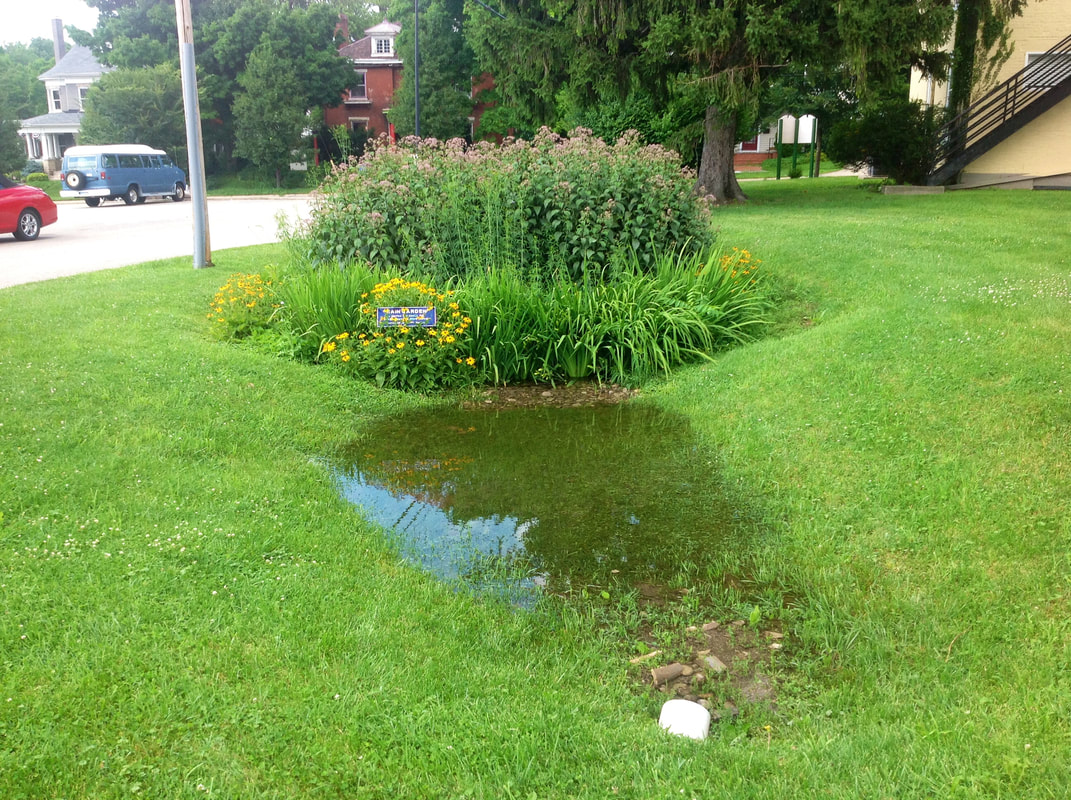
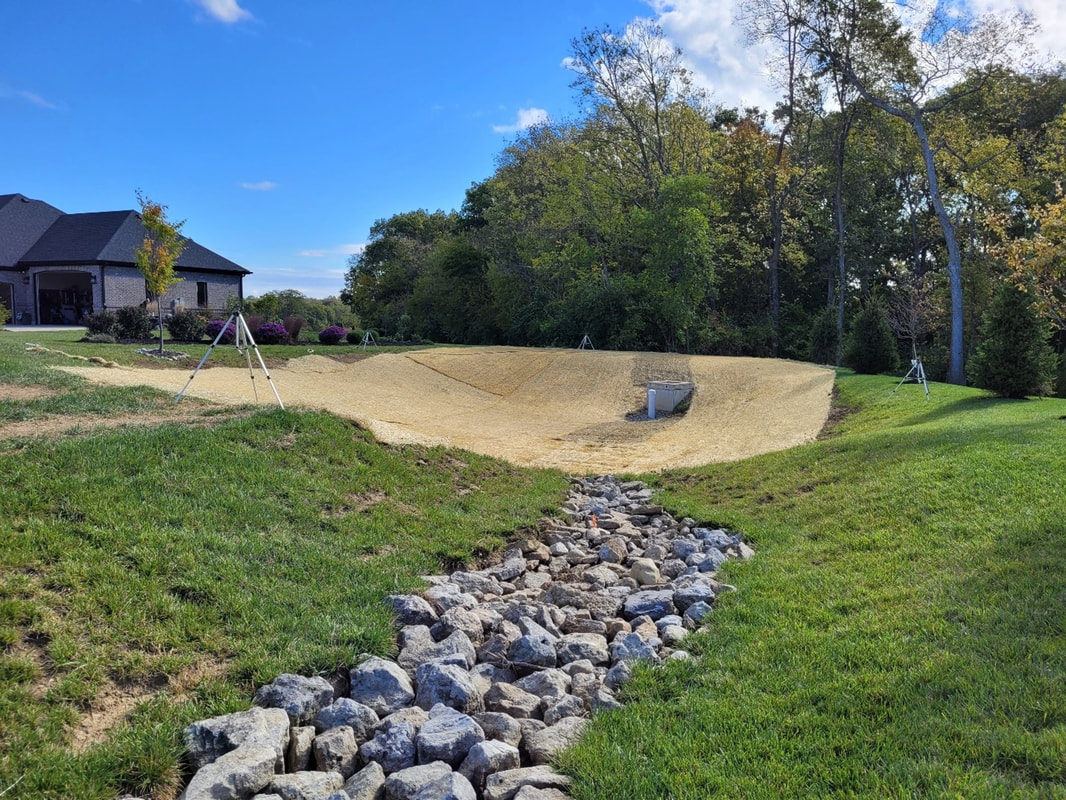
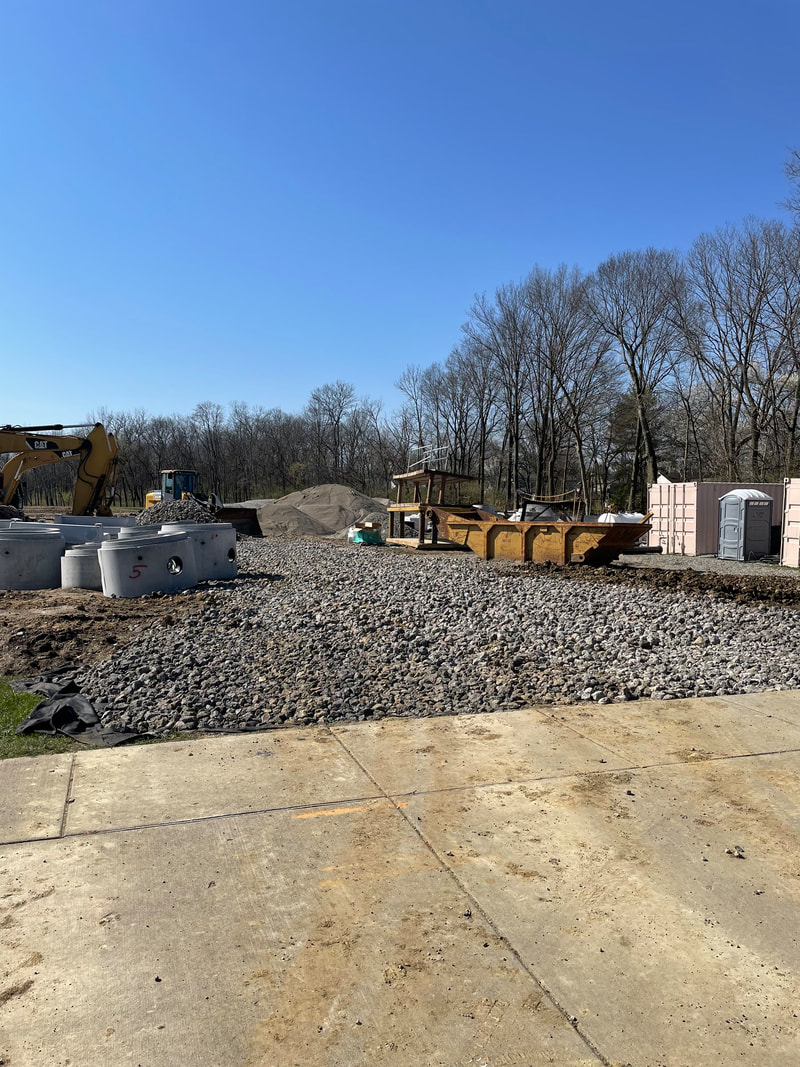
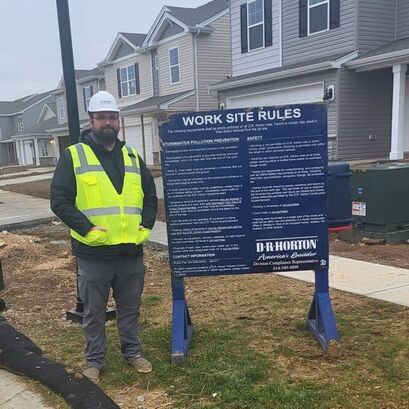
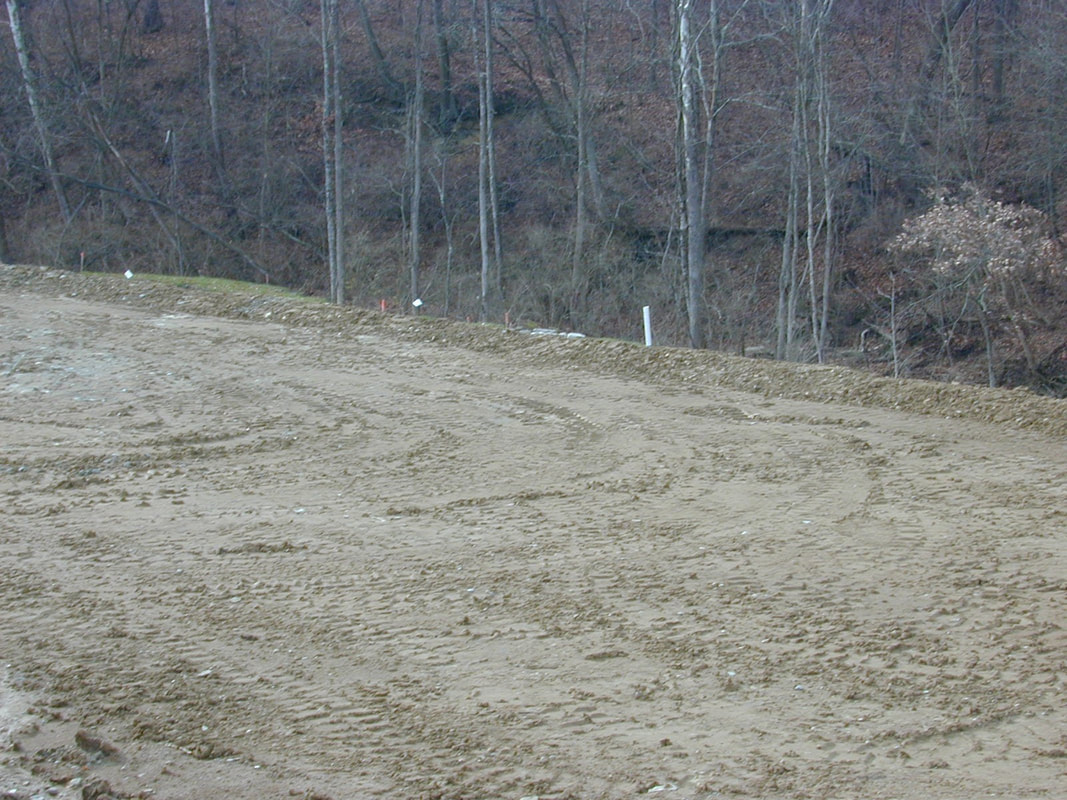

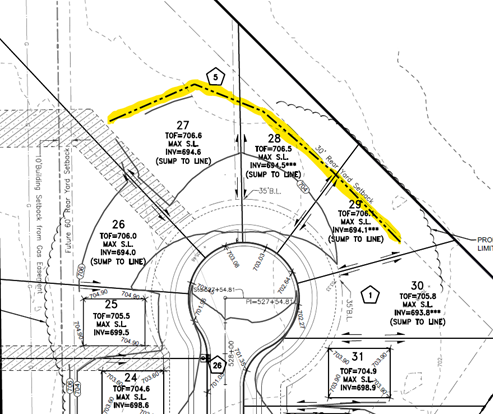

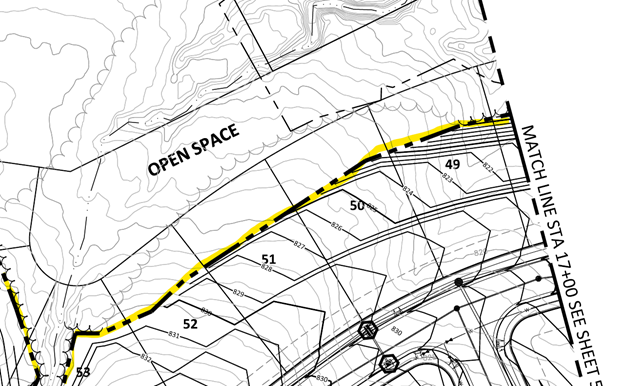


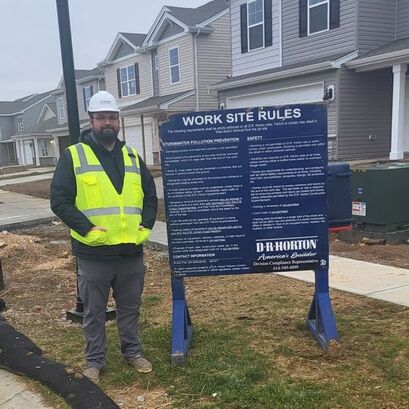
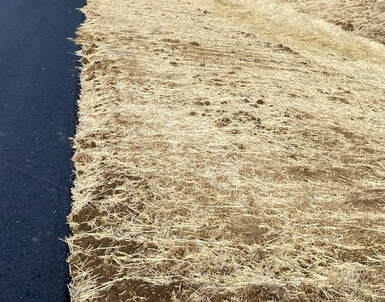

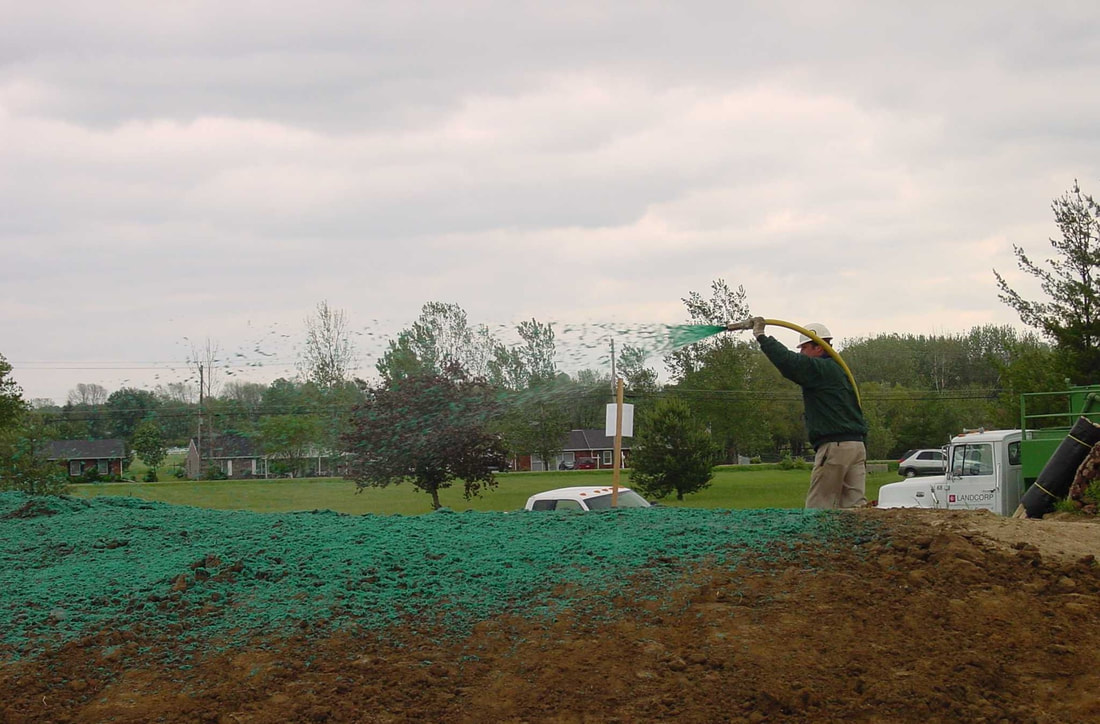




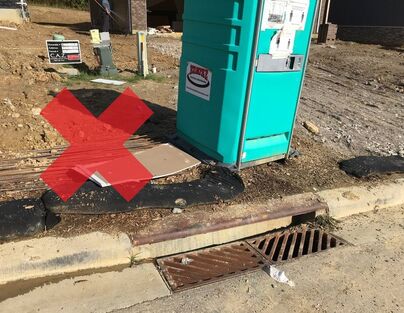
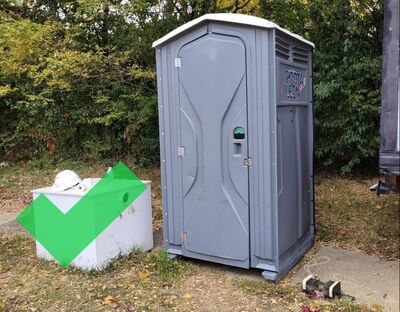
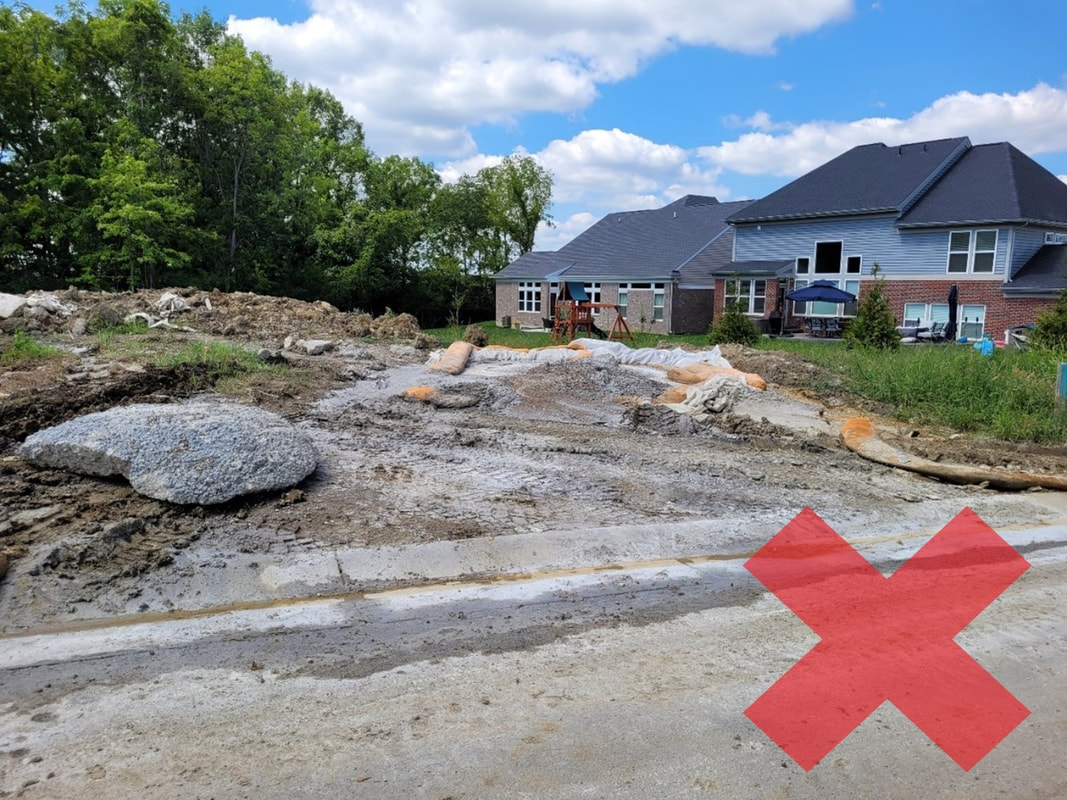
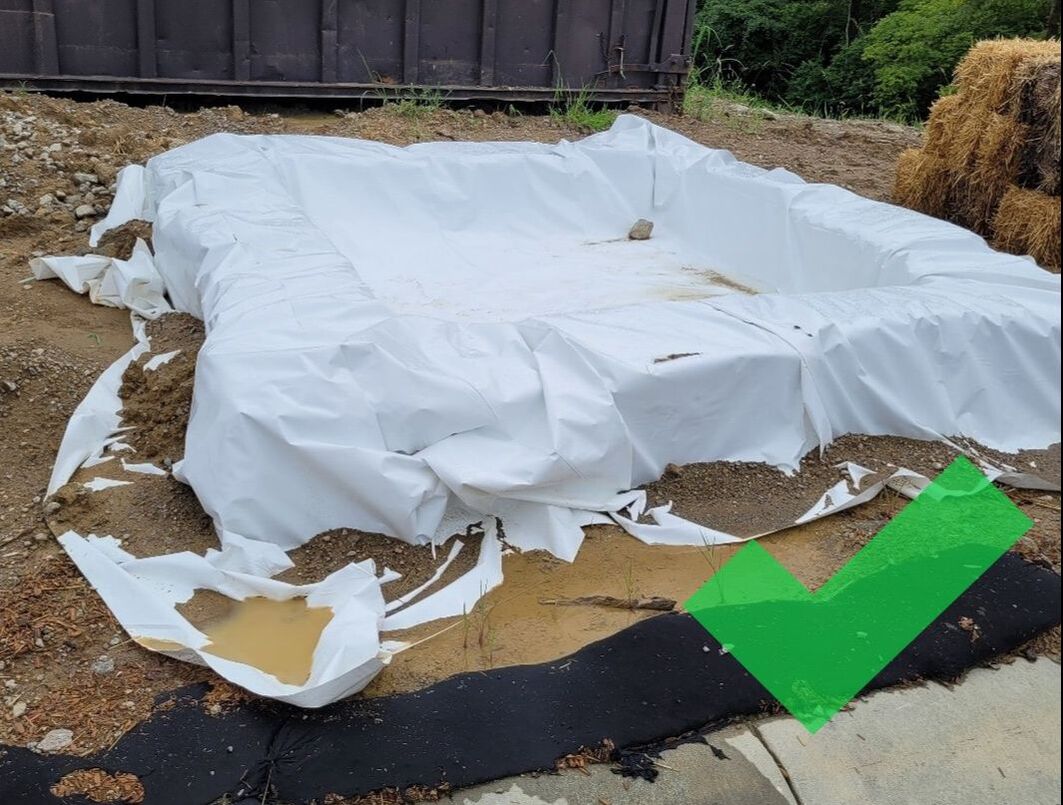

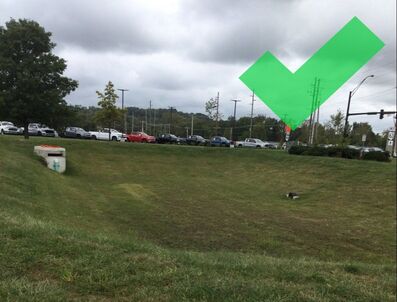
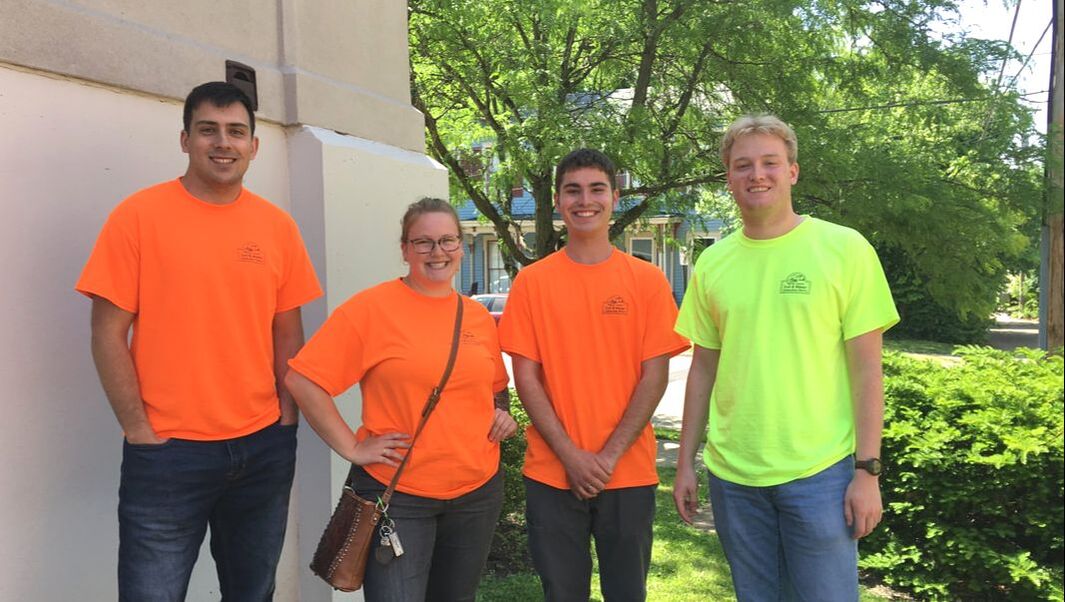
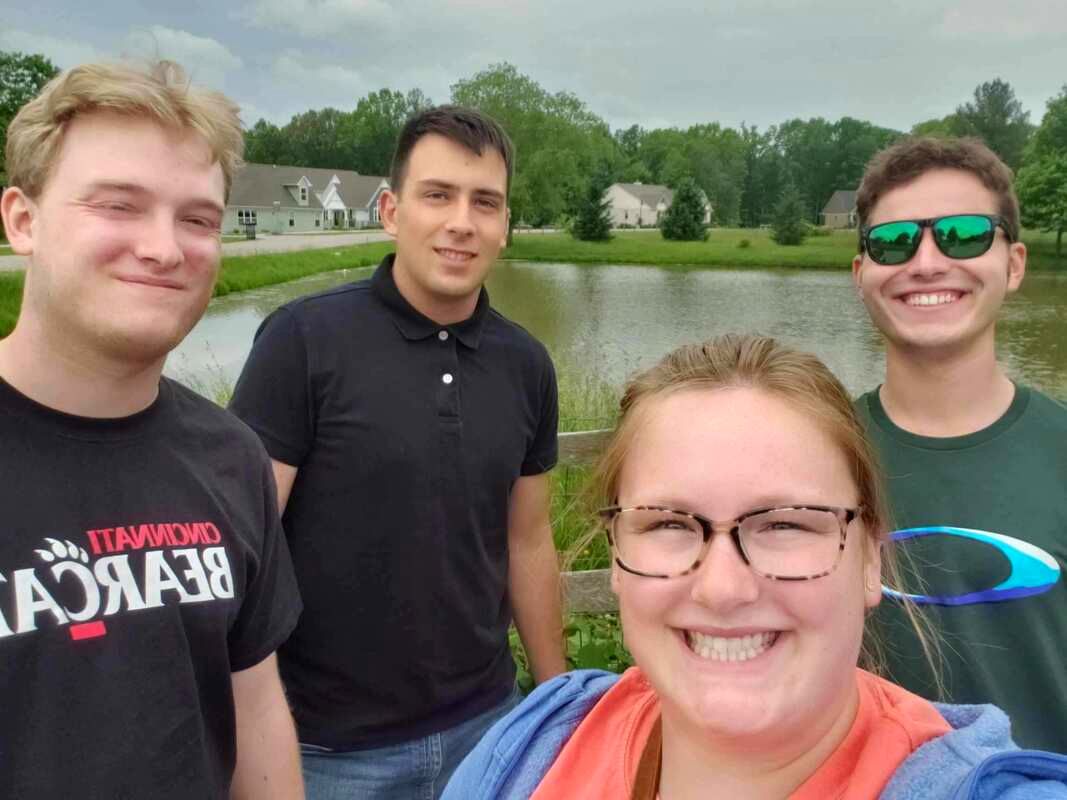

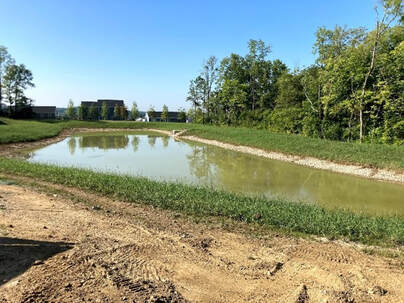
 RSS Feed
RSS Feed
